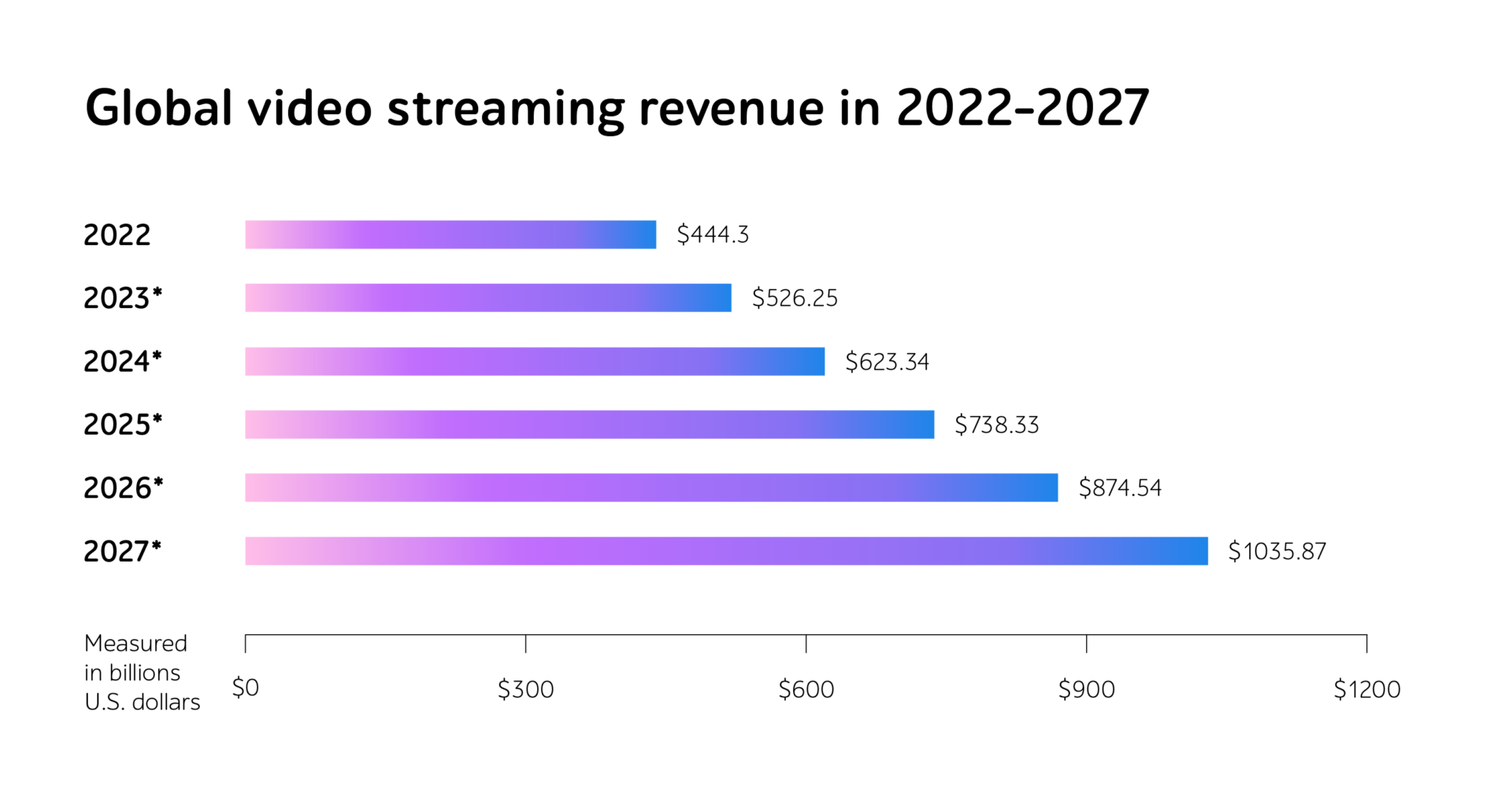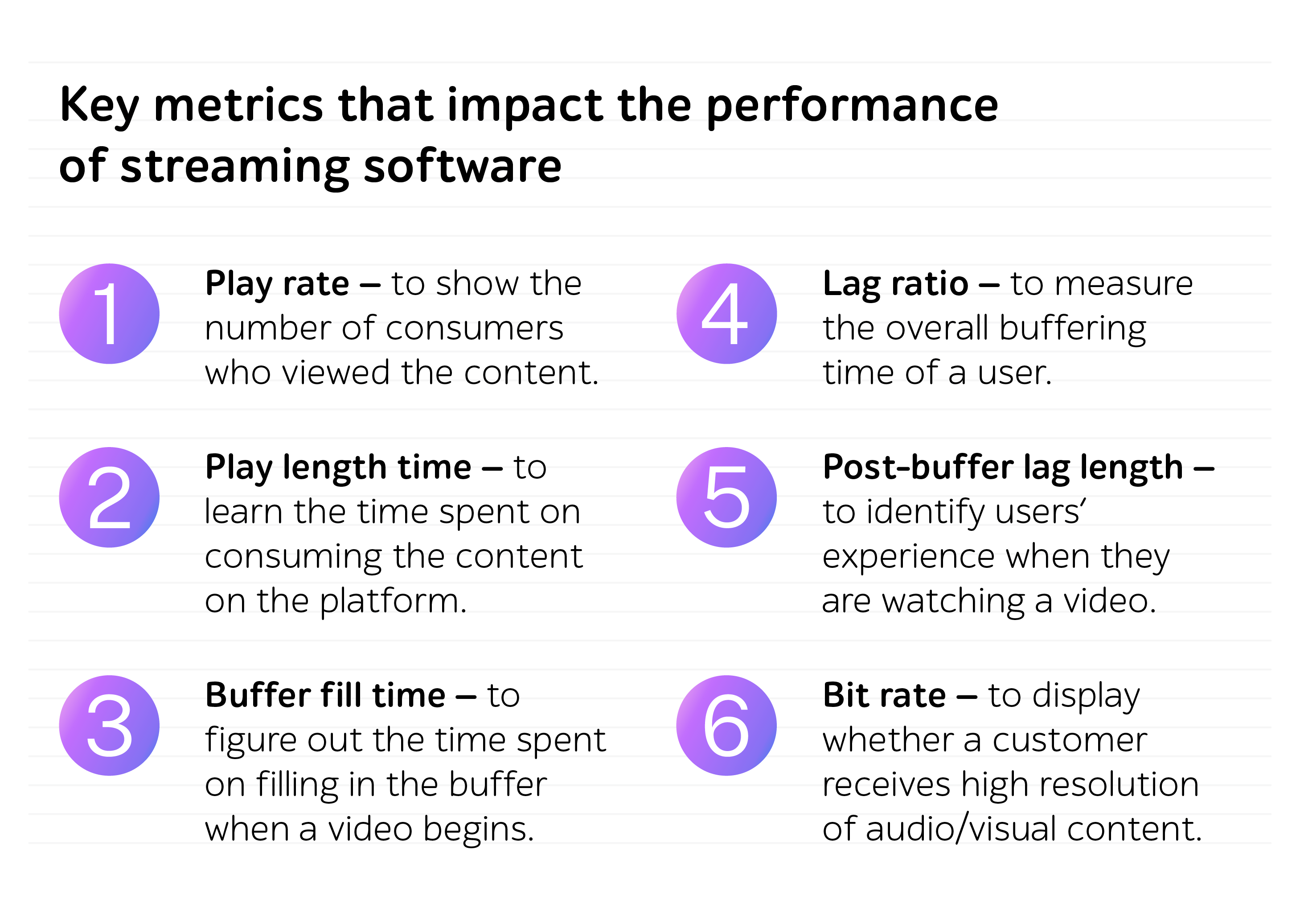
Enable crash-proof streaming platforms for Holidays season
Do you like to “Wait”? Well, of course, no one does.
Imagine the families together in front of the screen. Hot pizza, sweet cocoa for kids, and… the beloved Christmas movie loads for minutes, crashes, or they can’t even log in to the streaming account. So, instead, youngsters watch Tik Tok, adults chat – the platform is switched off. No one likes to wait. This evening could have been a lot nicer.
Well in real life, let’s recall when Netflix subscribers who rushed to watch the 4th season of Stranger Things. In return for their excitement, all they saw was the platform crash.
The result? Churn. Netflix shares dropped by 65% due to losing more than 1 million subscribers in the first two quarters of 2022.
Factors to keep in mind to win the “streaming tussle”
The streaming market is growing offering an immense number of apps and platforms to choose from dozens of alternatives. Video streaming industry revenue alone is expected to reach $1035.87 billion in 2027 compared to $444.3 billion in 2022.

Source: Precedence Research
Is digital transformation to blame? Well, mostly. Cloud-based solutions, AI, ML, etc. — all these trigger the necessity to introduce innovations into streaming platforms.
During stay-at-home orders in 2020-2021, the demand for OTT services soared and is still incrementally growing, counting over 3 billion users worldwide.
As for preferred viewing platforms, the mobile channel is the most popular among end users, with 68% of U.S. viewers saying this is their first option.
The growing acceptance of portable devices in combination with an extensive range of high-speed Internet technologies such as 4G, 5G, and LTE accounts for the increasing use of video streaming.
With all said above, how to prepare your streaming platform for heavy loads to let your subscribers enjoy their cozy winter programs? Read further to know how quality assurance helps avoid similar challenges and maintain a customer base.
Top 5 testing types to fine-tune streaming solutions for Christmas
If there is no time to compose a QA plan from the ground up, it’s never too late to perform sharp QA activities in time for the winter holidays. Let’s find them out and discuss why they are worth applying.
#1 Performance testing

Considering all these parameters, QA engineers analyze the system under expected and heavy loads. Mimicking the activity of a given number of concurrent users helps find the upper limits of the load capacity, evaluate the system stability in the long run, and get ready for a large-scale influx of users.
#2 Functional testing
It’s all about testing the system within the pre-defined requirements and timely detecting software defects related to problems with logging in, subscription renewals, or subtitles and closed captioning. This enables a high-quality streaming solution, and end users not facing any problems on your streaming platform help you raise the rates.
#3 Cybersecurity testing
Working on a fee basis, some of the streaming platforms require users’ sensitive data that needs to be highly protected. By introducing cybersecurity testing, ethical hackers penetrate the system and search for possible loopholes to prevent the expensive fixing of data leakage. This is how companies strengthen customers’ trust and build a reliable long-lasting relationship with them.
#4 Compatibility testing
Millions of subscribers, various devices used for content consumption, billions of configuration options — all these scenarios reflect the streaming solution quality and its popularity among consumers.
Checking the platform against a wide array of devices, OSs, browsers, etc. makes it available pretty much for every user’s gadget with low risks of bugs in production.
#5 Usability and GUI testing
Sophisticated search options, inconsistent user interface, unresponsive menus and buttons, and advanced tech features may frustrate end users, especially less tech-savvy ones. So, it’s no longer enough to rely on good content only, businesses need to create exceptional customer experiences – here’s testing the platform for usability and simple navigation of help.
Final note
To prevent subscribers from lagging content, companies should care more about the quality of their streaming solutions.
Don’t let Grinch steal Christmas from your subscribers, contact a1qa’s experts to provide your viewers with a stellar performance streaming platform.








